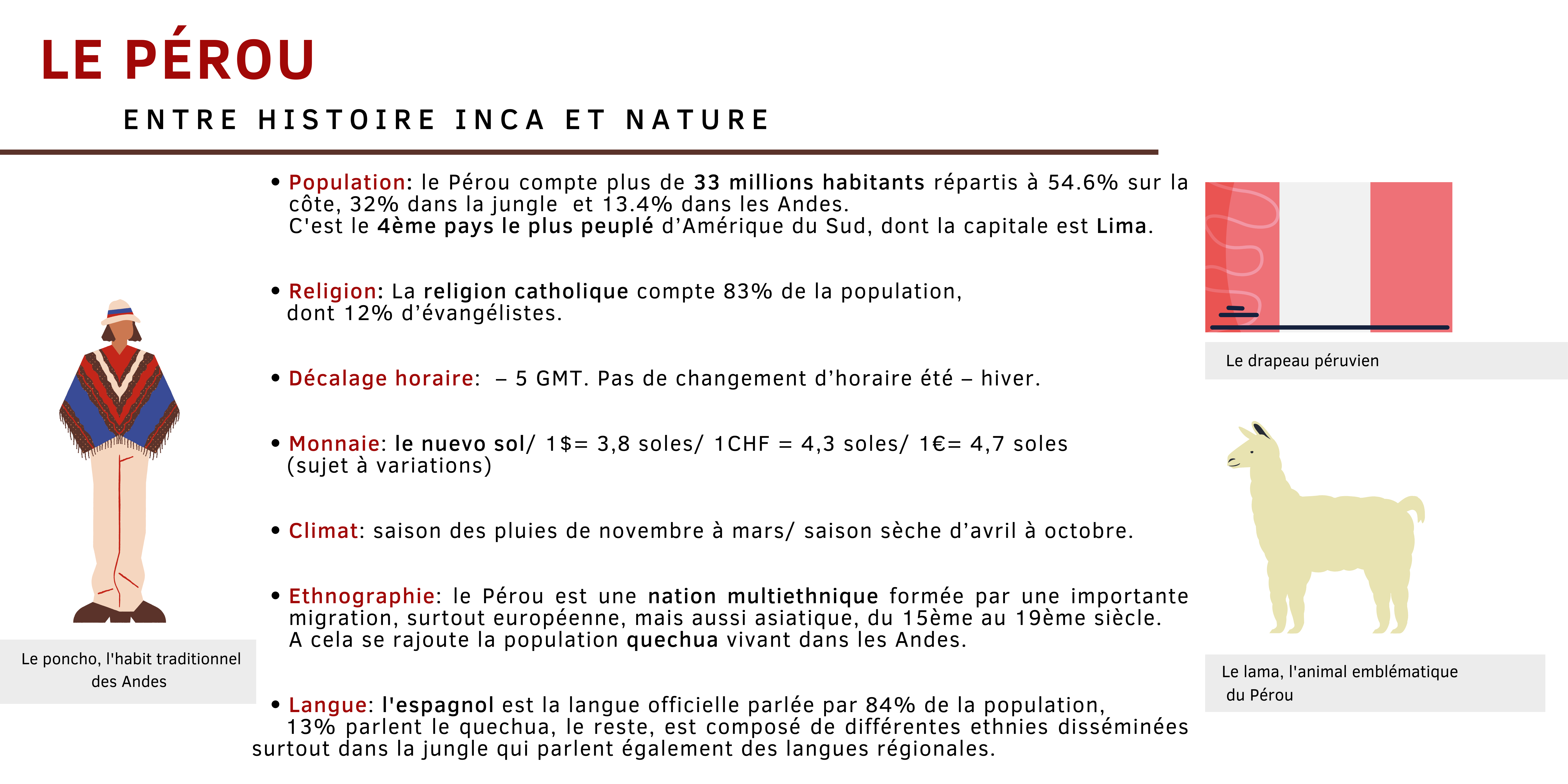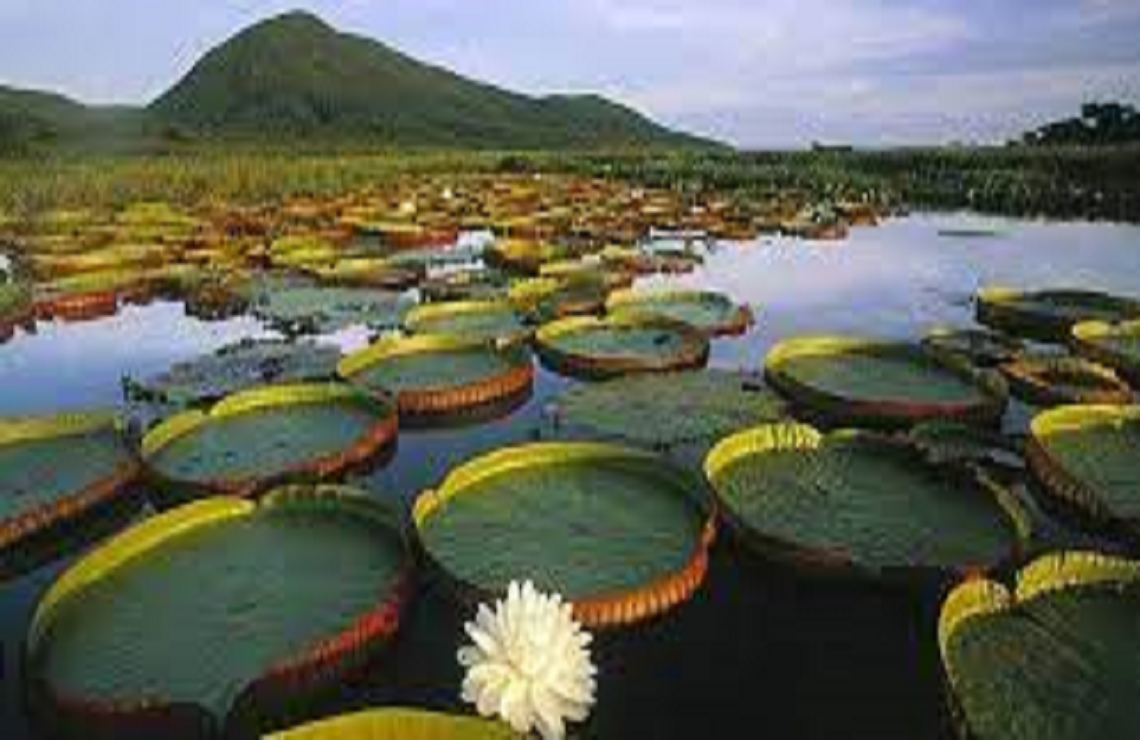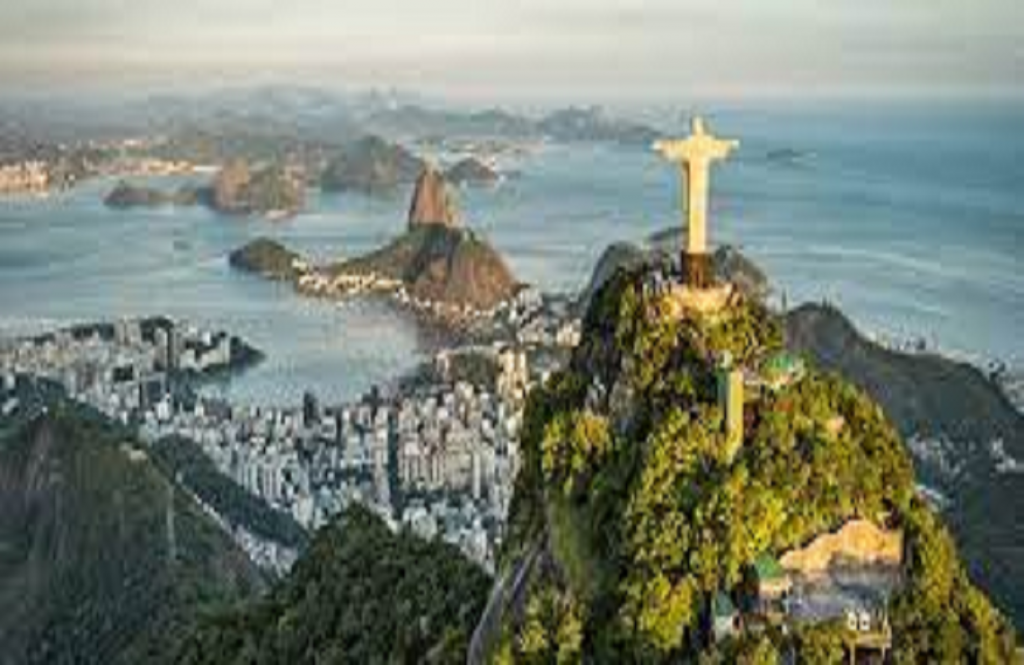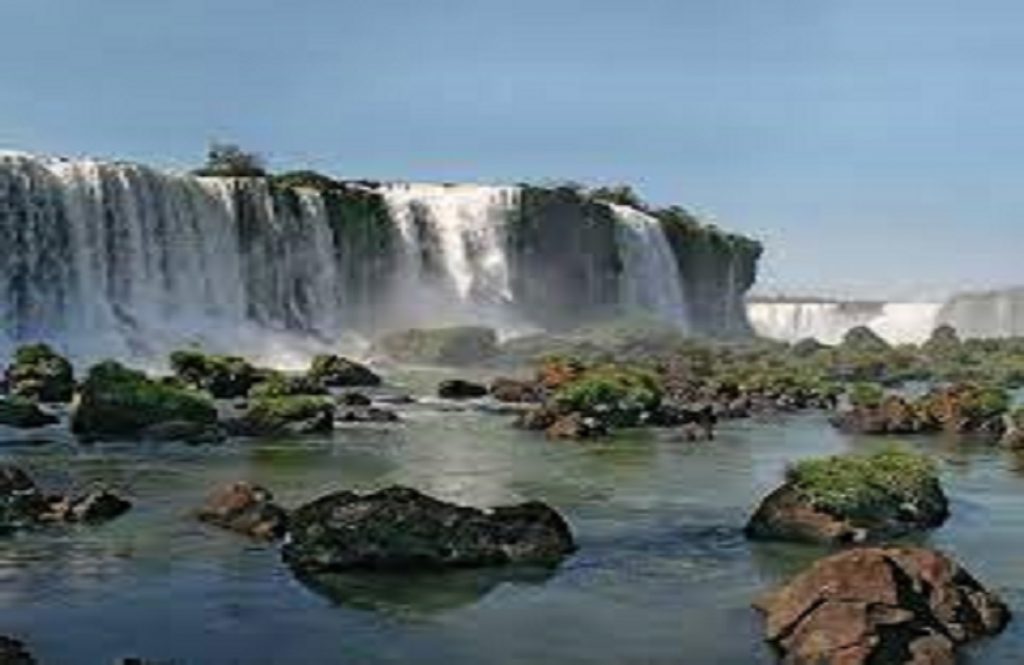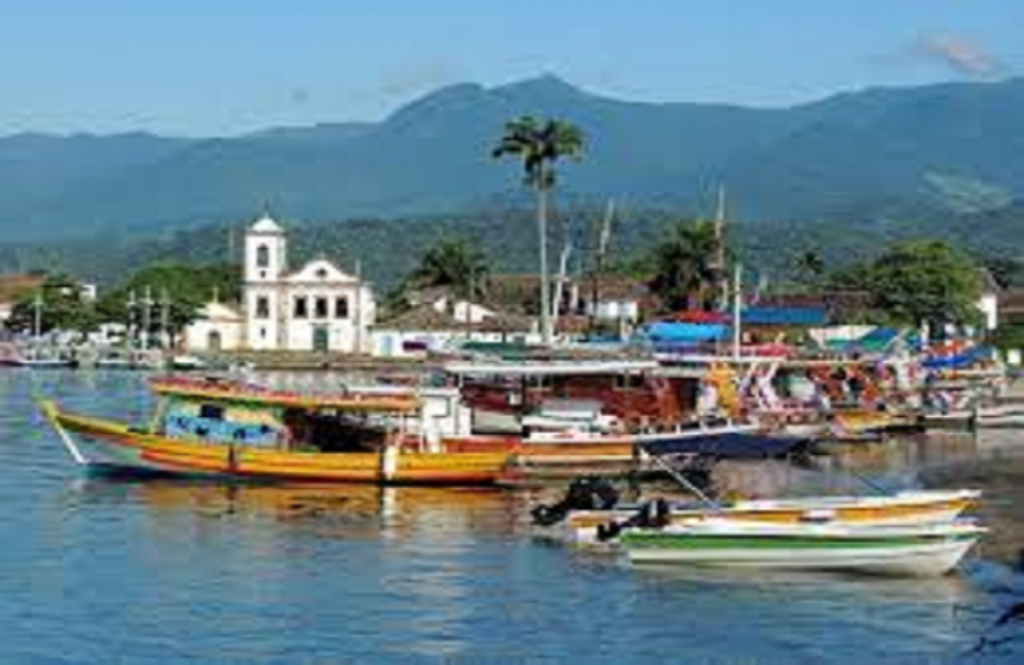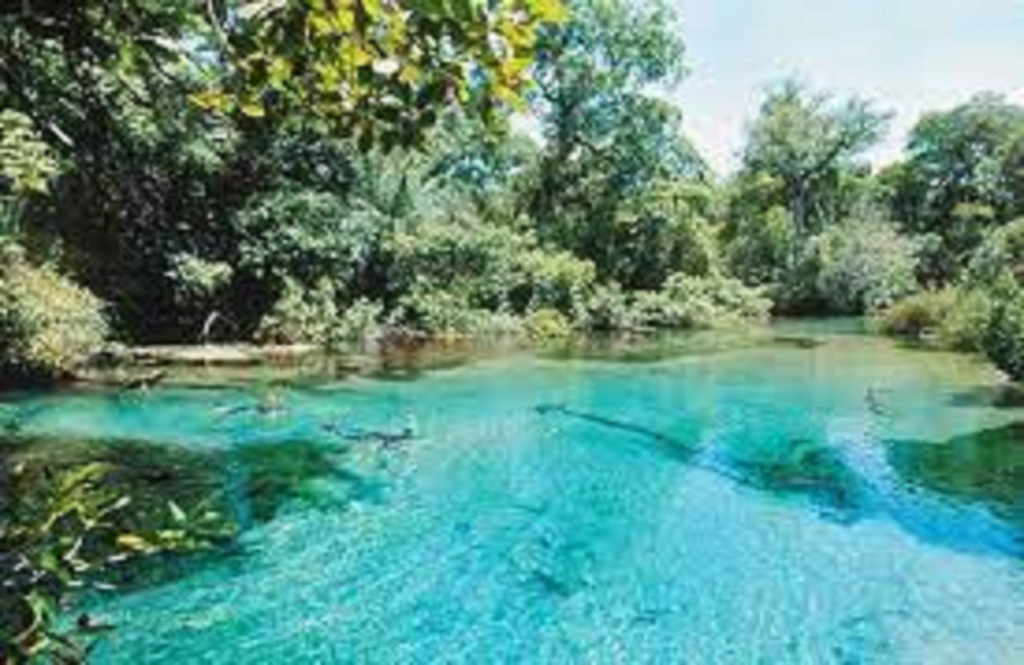Geography :
Brazil is a huge country! With more than 8,500,800 km² of surface area, it is the largest country in South America and has one of the greatest variety of landscapes and climates which makes it very difficult to summarize the Brazilian territory. Long from the equator to the Tropic of Capricorn, some main regions are determined by the cardinal points:
- The North or Amazonia, which includes almost 60% of the country’s surface, especially with the regions of Amazonas and Pará, which includes the Amazon rainforest, the largest rainforest in the world with many species of mammals and endemic animals, as well as birds and one of the greatest diversity in the world which is unfortunately threatened by deforestation, mining as well as poaching.
- The Center-West with the cities of Brasilia, the capital of Brazil, and the region of Mato Grosso do Sul with the Pantanal are remarkable for their large expanses, their meadows and flooded savannas. Although the city of Brasilia is the administrative center of Brazil, the city has not really developed to tourism and is marked by its urbanism and its modernity, but also by its contrast with the poverty of the surrounding districts.
- The Southeast includes the states of Espírito Santo, Minas Gerais, Rio de Janeiro and São Paulo. The beautiful city of Rio de Janeiro is a must, especially for its bay and along the coast you will find the cities of Paraty and Ilha Grande, which are little corners of paradise!
- The South, with the states of Paraná omg, Santa Catarina and Rio Grande do Sul, is the region most marked by the influence of the Europeans, notably as a result of the immigration of Italians, Portuguese, Germans and Poles from the beginning of the 19th century.
History :
Brazil is a land of immigration and its history is built on these flows that gradually form the history of the Brazilian territory, with traditions that are deeply rooted in its identity.
- Colonial era: Commander Pedro Alvares Cabral and his Portuguese crew arrived in 1500 in what is now Brazil, which was inhabited by about 2 million Amerindians, from north to south of the country, grouped into several ethnic groups (among the main ones, we find: the Tupiniquins, the Guaranis and the Tupinambas). At first, they traded and brought wood from Brazil (also called pernambuco) to Europe, and then began colonization in the 1530s with the creation of twelve hereditary captaincies until they became the vice-kingdom of Portugal in the 17th century. At that time, the colonists separated the different African tribes from slavery to reduce the risk of rebellion and capoeira was born in the greatest secrecy, it is an Afro-Bresilian martial art with a mixture of dance and combat techniques. Nowadays, this sport is still practiced but is largely overtaken by the fervor of soccer.
Gastronomy :
Like its surface area, the mix of cultures is numerous in Brazil and one can believe to be in another country when traveling from one region to another so different are the culinary specialties. Because of its proximity to the Atlantic Ocean, we find on the coast many traditional dishes based on seafood and fish and in the North, we find more dishes with ingredients from the forest, with manioc, typical local fruits and vegetables. Here are some dishes or recipes not to be missed during your trip to Brazil:
- The “tapioca” cakes, which look like pancakes made of cassava flour, which are often eaten for breakfast, they can be accompanied by butter, cheese or ham. With a coffee, it is the best way to start the day! Cassava flour is accompanied by many traditional dishes from the Amazon but is less common in central and southern Brazil.
- The feijoada which is considered the Brazilian dish par excellence, originally from Portugal, is a kind of stew made of pork, sausages with black beans and white rice. This dish is declined according to the regions but the base of ingredients remains the same, a rich but tasty meal!
- The churrasco is the translation of a barbecue, so meat cooked on embers. It is often a moment of sharing and conviviality for Brazilians to get together with friends or family during the holidays or the weekend.
- The pan de quejo which can be translated as “cheese bread” is similar to salted cabbage. This recipe originated in the state of Minas Gerais and is very popular with Brazilians and is often served as an appetizer, side dish or breakfast.
- The coxinha are minced meat or chicken croquettes covered with dough, then breaded and fried. The word “coxinha” means “small leg” because the original recipe was made with fried chicken drumsticks.
- The acai berry is a fruit from the Amazon that is very interesting for its virtues. Since pre-Columbian times, it has been consumed by the Amazonian natives for its anti-inflammatory and tonic properties as well as for heart problems. This fruit grows on the pinot palm tree and is harvested in bunches. It is one of the most powerful natural antioxidants. Made popular in the United States, then in Europe in the form of powder, smoothie or ice cream, the products derived from it lose most of their nutritional value because of the excessive amount of sugar in the desserts or drinks made with acai.
- The brigadeiro are Brazilian truffles, found throughout the country but originating in the Amazon. With powdered milk, condensed milk and butter, this recipe is tasty, often accompanied by a coffee. Depending on taste, crushed Brazil nuts can also be added.
Due to the mixture of cultures with other South American countries, there are also Brazilian empanadas, inspired by recipes from neighboring Latin American countries. There are also African influences, especially in the Bahian cuisine on the east coast between Bahia and Salvador, where the African Brazilian community now resides. In the north of the country, the dishes are relatively traditional, but in the south, with the influence of the big cities and European cultures, a greater variety of restaurants and gastronomy, such as Italian, German or American cuisine, are widespread. Did you know that the second most important beer festival in the world was in Brazil? Indeed, the city of Blumenau in the state of Santa Catalina, with a strong heritage of German immigration in the 19th century, attracts every year many tourists to taste German specialties and drink a beer.


